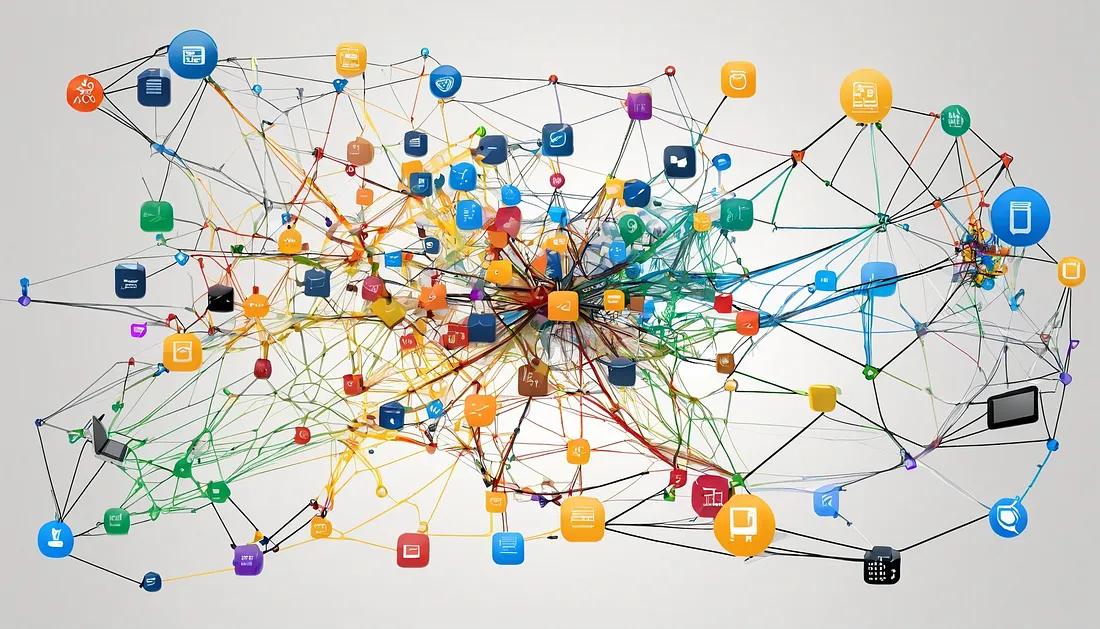Flutter, Google’s UI toolkit for building natively compiled applications, has gained immense popularity among developers. While it offers benefits like a single codebase, expressive UI, and fast development cycles, it is not a one-size-fits-all solution. There are several reasons why developers and businesses might reconsider using Flutter for their projects.
💠Large App Size. One of the major drawbacks of Flutter is its relatively large app size. Flutter apps include the entire framework and necessary libraries within the APK or IPA, leading to significantly larger app sizes compared to native apps. This can be a concern for users with limited storage or in regions with slow internet speeds.
💠 Performance Limitations. Although Flutter provides near-native performance, it still falls behind when it comes to resource-intensive applications. Games, apps with heavy animations, or applications requiring extensive background processing might suffer from performance bottlenecks compared to purely native solutions.
💠Limited Native Functionality and APIs. Flutter does not provide direct access to all native functionalities. While Flutter has many plugins and allows for platform-specific code using platform channels, developers often need to write additional native code in Kotlin, Swift, or Objective-C to access certain device-specific features.
💠UI Consistency Across Platforms Can Be Problematic. Flutter aims to provide a consistent UI across different platforms, but this can sometimes be a disadvantage. If an app needs to adhere strictly to platform-specific design guidelines (Material Design for Android and Cupertino for iOS), additional customization is required, making development more complex.
💠Longer Startup Time. Flutter apps, especially those built in debug mode, tend to have longer startup times than native applications. This is because Flutter’s engine initializes separately, which may affect user experience negatively.
💠Limited Third-Party Library Support. Compared to native development ecosystems like Java/Kotlin for Android or Swift for iOS, Flutter has a smaller selection of third-party libraries. While this is improving, some essential libraries may still be missing or outdated, requiring developers to build custom solutions.
💠Potential Platform-Specific Bugs. Flutter is still evolving, and sometimes updates introduce platform-specific issues that are not immediately addressed. Developers may encounter bugs or inconsistencies when integrating Flutter apps with native components or third-party SDKs.
💠Not Ideal for Large-Scale Apps. While Flutter works well for small to medium-sized apps, large-scale enterprise applications with complex architectures, multiple integrations, and extensive native dependencies may face maintainability challenges. Managing a large Flutter codebase might become cumbersome over time.
💠Dart Adoption and Developer Availability. Flutter uses Dart, which is not as widely adopted as JavaScript, Kotlin, Swift, or other mainstream languages. This means that finding skilled Flutter developers may be more challenging compared to hiring for native mobile development.
💠Uncertain Long-Term Support. Although Flutter is backed by Google, the company has a history of discontinuing projects (e.g., Google Wave, Google+, and Firebase ML Kit). While Flutter has strong momentum, businesses must consider the risks of relying on a technology that might lose support or face major changes in the future.
Flutter is an excellent framework for many use cases, particularly when cross-platform development speed and UI consistency are top priorities. However, for applications that require minimal app size, maximum performance, deep native integrations, or long-term stability, other solutions like native development or React Native might be better suited. Before choosing Flutter, it’s important to evaluate the specific needs of your project and weigh the trade-offs accordingly.
We are happy to help https://synpass.pro/contactsynpass/ 🤝

